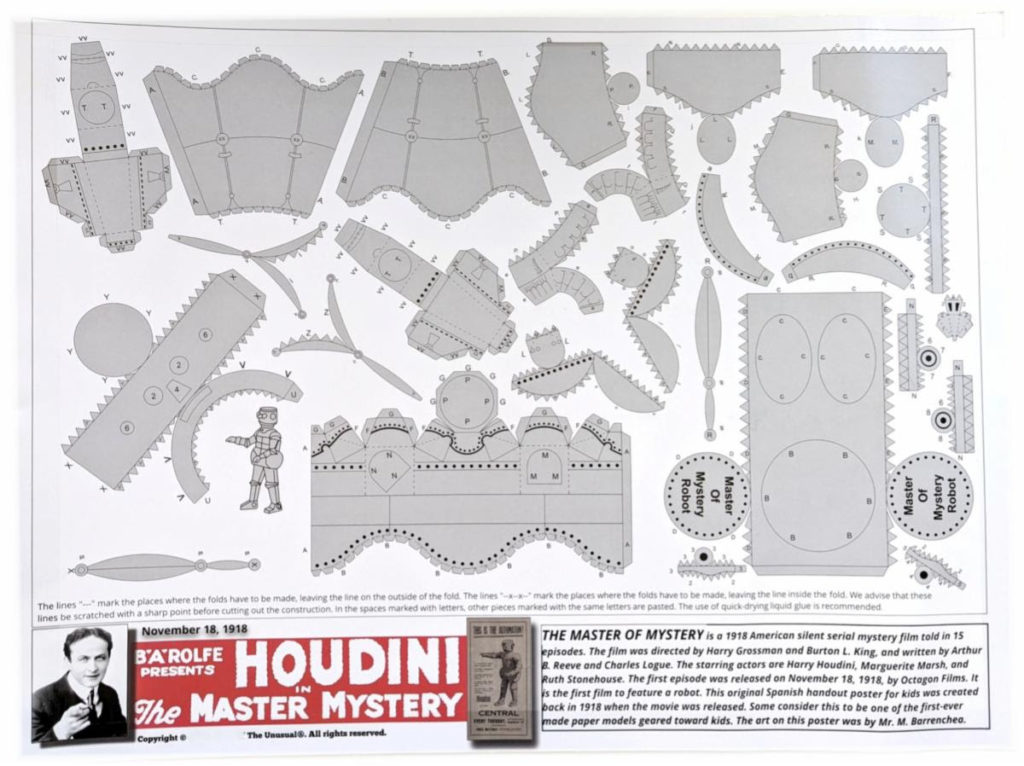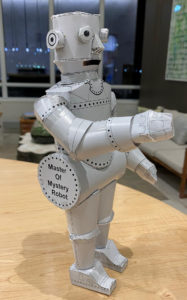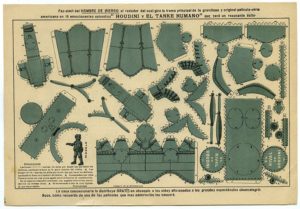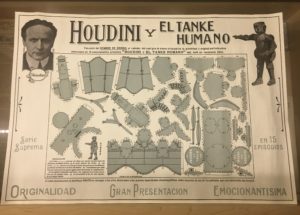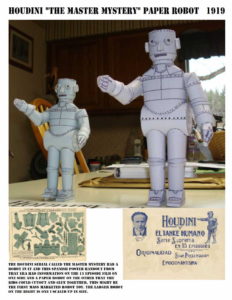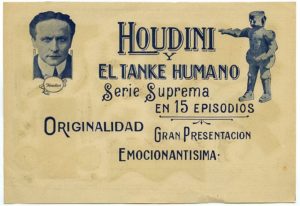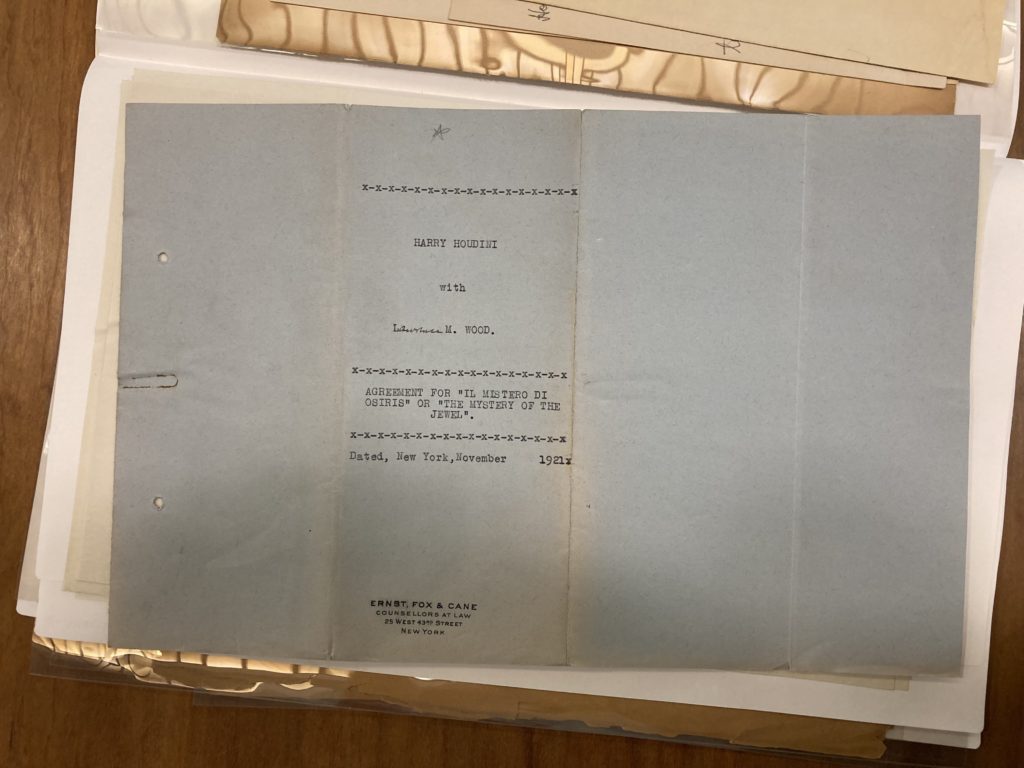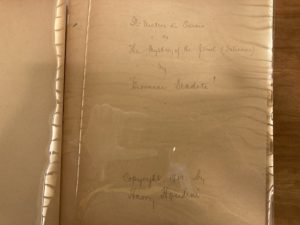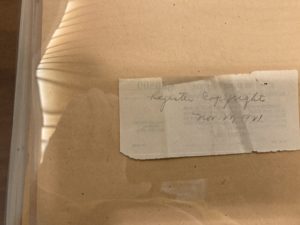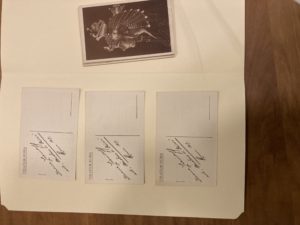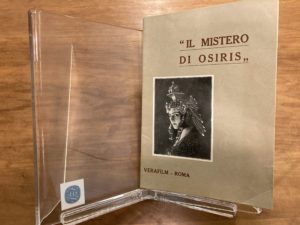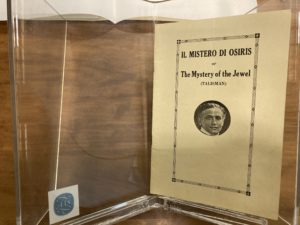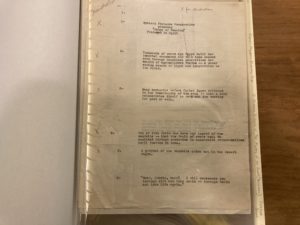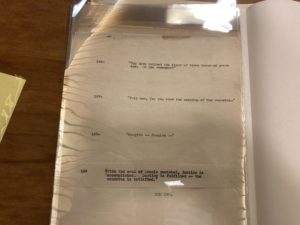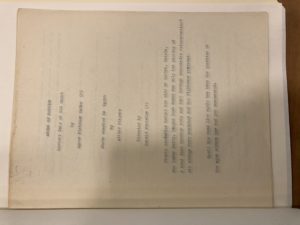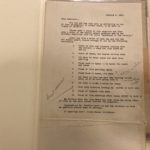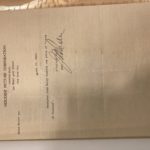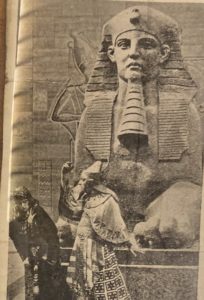Houdini wrote, produced and starred in two of his feature films; he wrote a number of treatments – plots for potential productions; and he self-published several of these treatments. *
This post continues a series of posts where I summarize (or share tidbits about) the film treatments he wrote:
- The Marvelous Adventures of Houdini (1917)*
- The Man From Beyond (1921)
- Haldane of the Secret Service or Mysterious Mr. Yu (1921)*
- Frizzo––Master Magician (1921)
- Yar, the Primeval Man (1921)*
- Il Mistero di Osiris or The Mystery of the Jewel (1921)*
- The Great Tontine (unpublished)* [Tom Boldt Collection (TBC)]
- The Monster (unpublished)* [TBC]
- The Vulture (unpublished)* [TBC]
- Floating Through Space (unpublished)* [TBC]
- Blood Brothers (unpublished) [TBC]
- Out of the Shadows (unpublished) [HHCE Collection]
* “Film Treatment” can be found in Patrick Culliton’s book, Houdini’s Strange Tales – A Collection of fiction by the legendary Harry Houdini [1992]
Today, we look at The Monster, which was one of four treatments (The Great Tontine, The Monster, The Vulture, and Floating Through Space) that turned up in 1990 and was published in 1992*.
Per Culliton:
[These treatments] turned up in 1990, when an East coast book dealer offered them for sale. This dealer was under the impression that he had in his possession several manuscripts hand-written by Houdini, and he was asking a small fortune for them (which, if genuine, they were worth). Houdini bibliographer Manny Weltman asked to see a sample and the dealer sent along a xerox of one of the stories. Weltman correctly identified the manuscript as having come from Houdini’s mind, but not written in his hand. The dealer was crushed. He put the material up for auction and Tom Boldt of the Houdini Historical Center in Appleton, Wisonsin was able to obtain all of it. It is through his kindness that we are able to include these four previously unpublished film treatments.
The Monster (Story Summarized)
Our hero calls in his men, who arrest the Chief, stepmother, and nephew. Our hero would like to know how this Chief, who was officially dead came back to life. The Chief explains it was his cell mate who had died. He changed identities with the man. The stepmother, before being taken away to prison threatens to reveal the secret of the old Doctor unless she is set free. Girl enters room and wants to know the secret that had made her father’s life miserable. It’s revealed that the Doctor transposed the brain of a little dog into a dying foundling; The child lived, the dog died, but it had the habits of the dog. Our hero takes the girl in his arms to search for the old Doctor, discover a secret room, and the doctor sitting peacefully with his arms folded lovingly around the little monster, as a mother would hold her baby. They were both dead, at last happy together, they are where there are no monsters.

